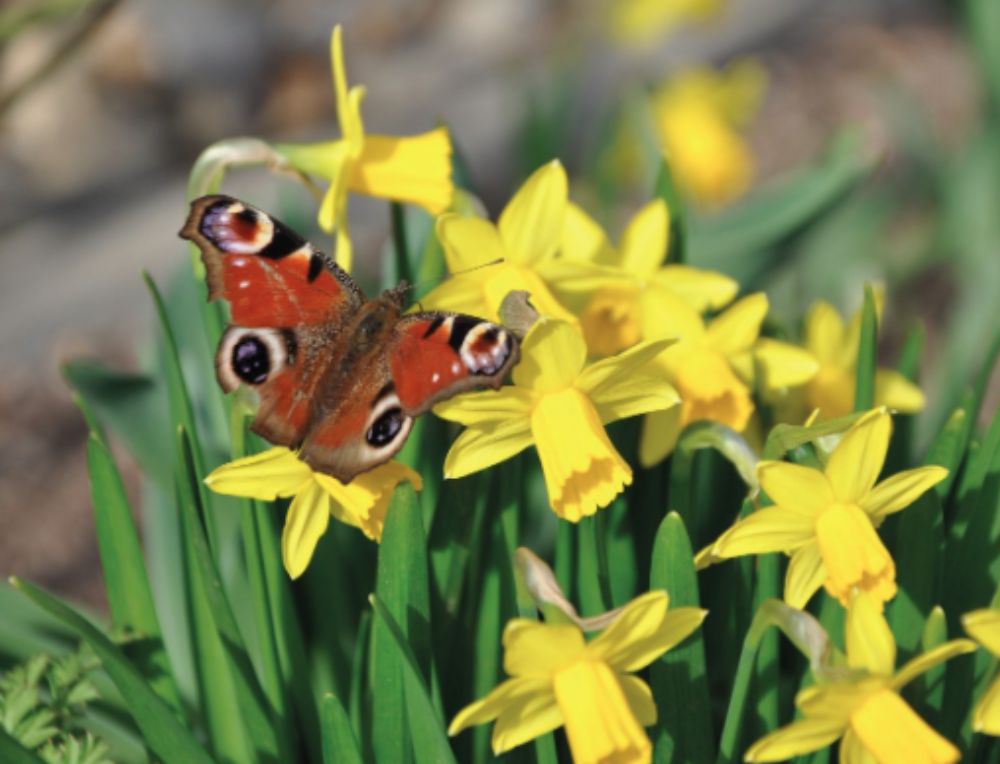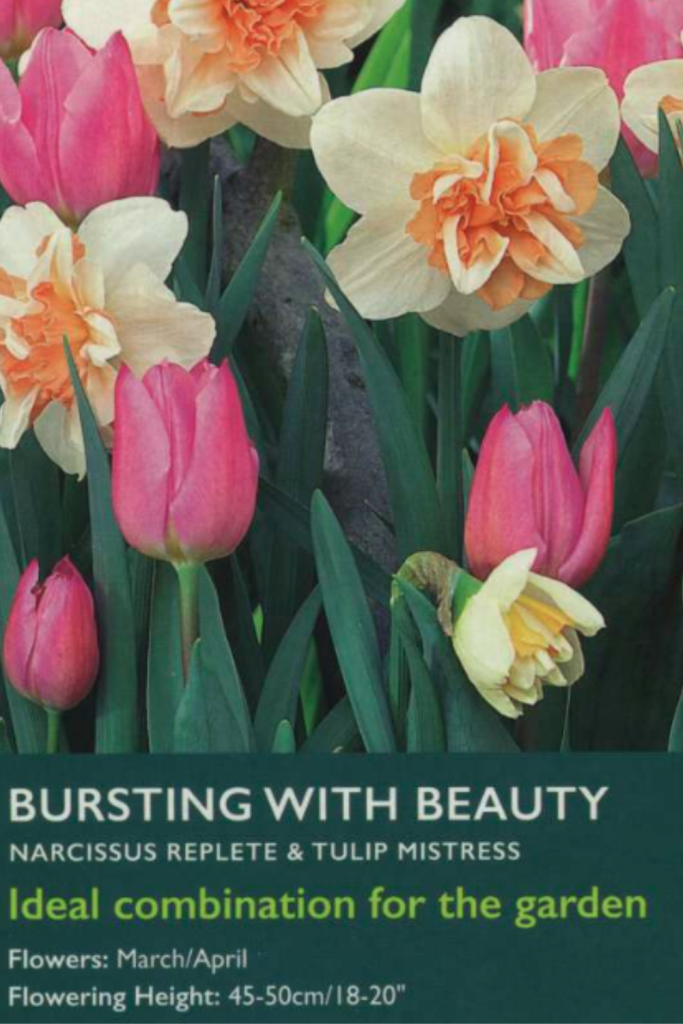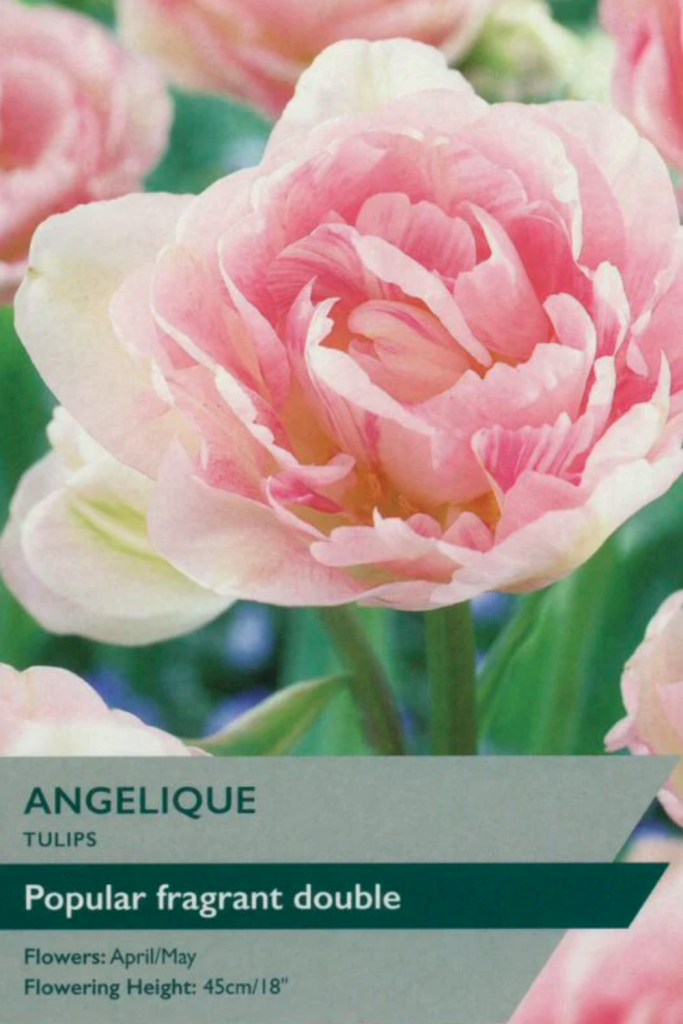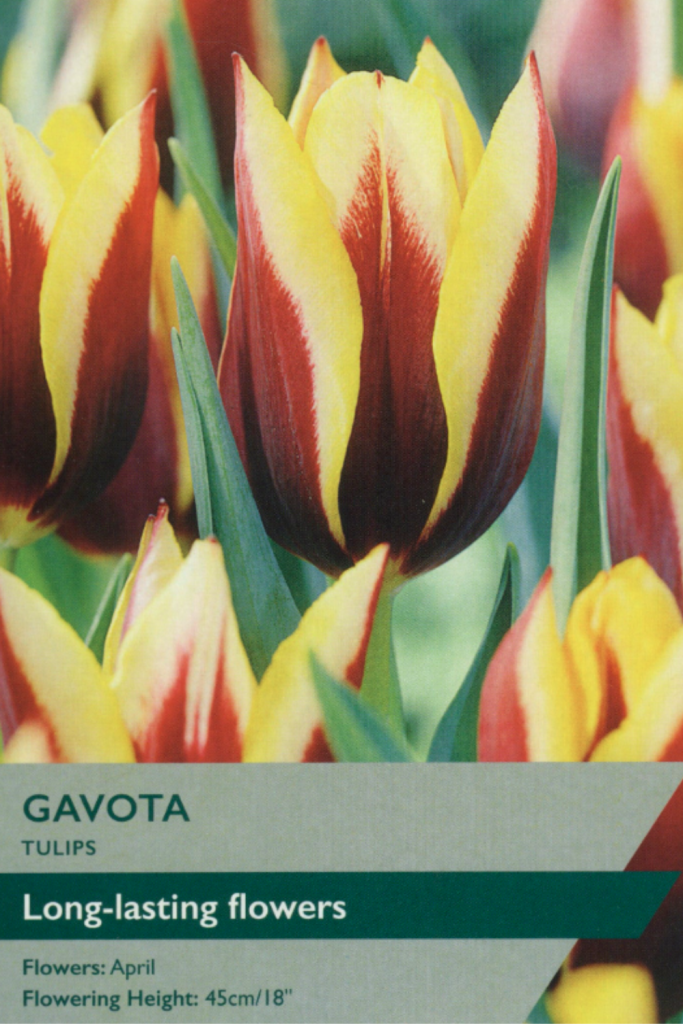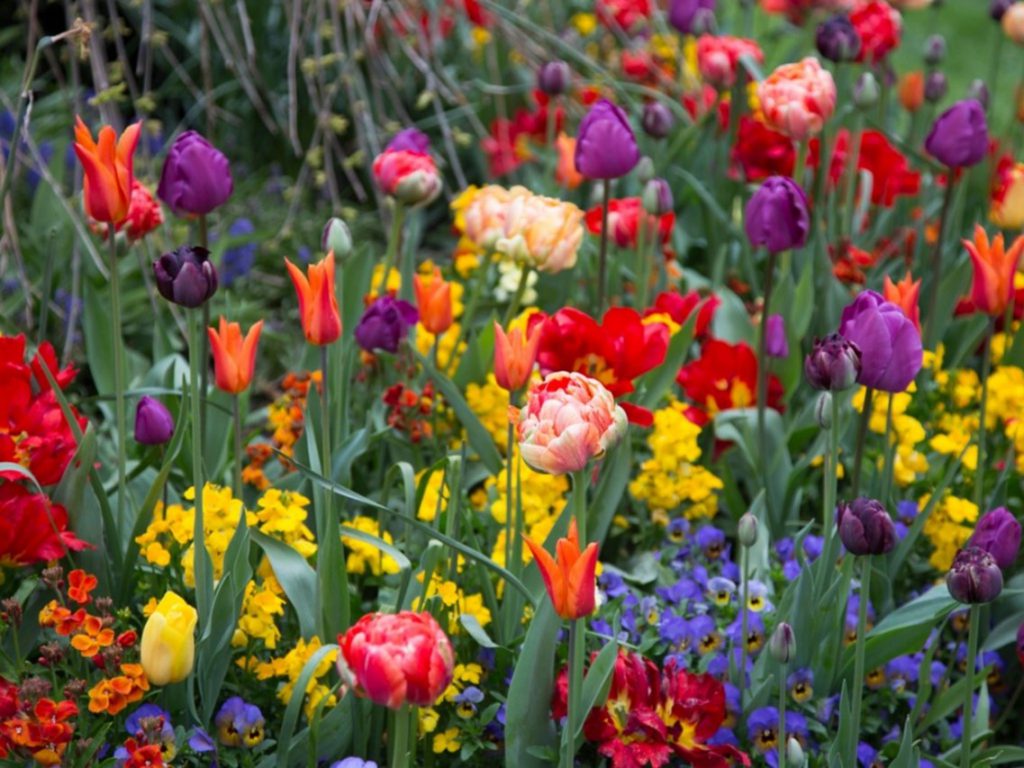Spring Flowering Bulbs
Autumn is the main bulb planting season for spring flowering bulbs. This is to ensure they quickly re-root rather than die back in dry or frosty weather. There is an array of them available now, all tempting! Traditional favourites like daffodils, tulips, crocus, hyacinth and snowdrops are just the tip of the iceberg.
When to plant spring bulbs
Generally, bulbs that flower in the spring are hardy and should be planted before the first frosts, so more or less any time from September to November, depending on the species – crocuses early, tulips later for example. Once they are well rooted, the frost won’t harm them, and they need the time in the soil in order to flower at their best.
Whilst some bulbs can be planted right up to December, it’s important to check the recommended times to plant. It’s recommended that hyacinths and crocuses should ideally be planted before the end of September, alliums by the end of October, whilst tulips shouldn’t be planted until November.
Some of our favourite bulbs this season
Snowdrops-
A harbinger of spring, the single flowered Galanthus nivalis will carpet huge areas in February.

Hyacinths –
Their scent wafts around the garden on warm spring days, and they reliably return year after year. If you love them in the house, buy in bulk and plant in rows in the veg patch to cut regularly.
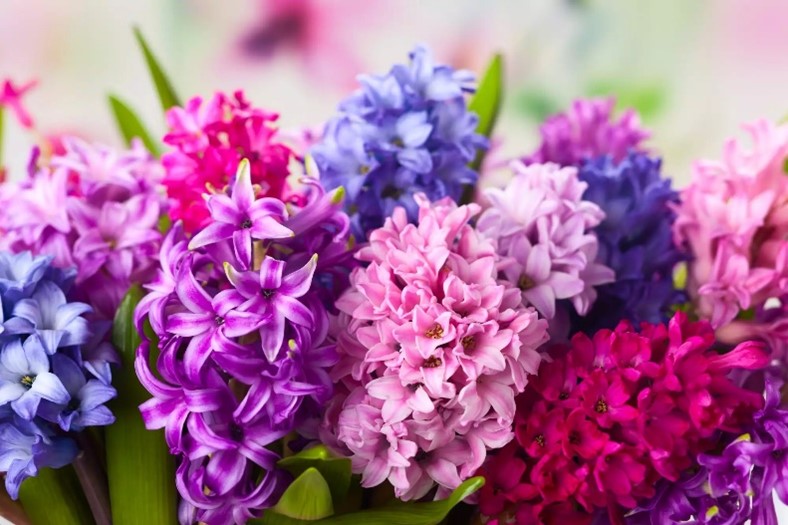
Daffodils –
there is such a wide range to choose from, it is possible to have daffodils in flower for 6 months of the year! The dwarf variety ‘Tete a ‘Tete’ is deservedly popular because it suits every situation, not too tall so its blown over in the wind, nor too tiny to be seen. ‘Pheasant Eye’ is a very late classic variety, beautiful and highly scented.
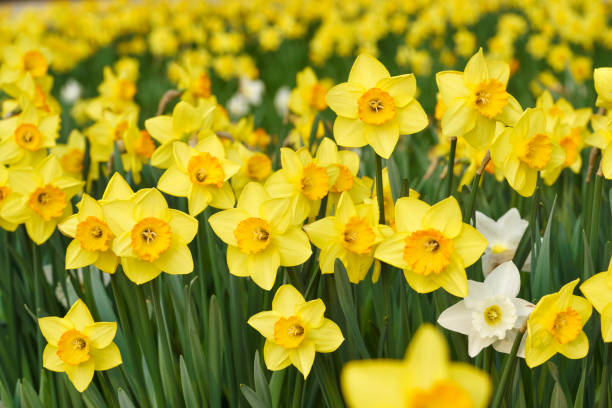
Tulips –
So many to choose from, so don’t limit yourself – try different colour combinations, plant in waves through a border, stuff them into pots for a stunning display or use in formal bedding schemes – but also look out for the tiny species types – they often flower earlier and are perfect for path edges.

Anemone blanda –
the little windflower is a vigorous corm that will self-seed freely, resulting in a carpet of blue, pink, and white in April. Perfect for ground cover and around the base of trees.

Naturalising bulbs-
On trend this season, naturalised bulbs are a great way to brighten up lawns, verges, and wildflower areas in spring. In grassy areas, choose bulbs that complete their growing and flowering early, such as crocus. Most daffodils also do well in grass, but leave at least six weeks after flowering before mowing, and ideally leave until foliage goes yellow and straw-like.
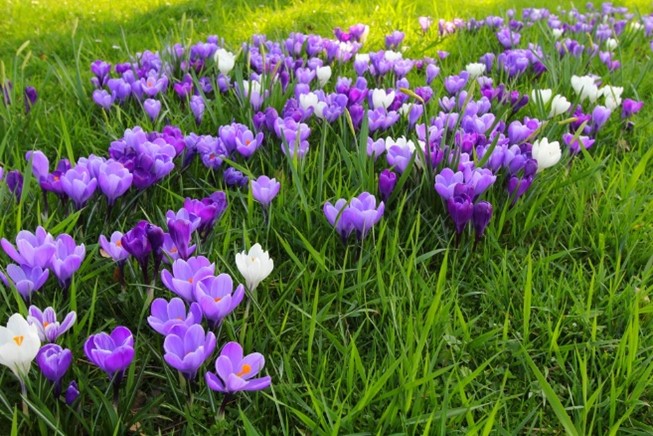
How to plant bulbs
- Dig planting holes with a trowel or, in grassed areas, use a bulb planter. The holes need to be about three times the depth of the bulb, as shallow planting tends to weaken the bulbs because they are more prone to drying out.
- Place the bulbs in the hole with their ‘nose’, or shoot, facing upwards. Space them at least twice the bulb’s own width apart
- Replace the soil and gently firm with the back of a rake. Avoid treading on the soil as this can damage the bulbs
- If the ground is moist or the bulbs are autumn-planted, watering is not critical. Otherwise, water straight after planting
- If planting in the grass, replace the turf on the top of the hole. Aim to make the top of the turf plug level with the surrounding lawn surface.
Planting in Containers (Fabulous for adding colour to small gardens, patios and balconies!)
Most bulbs are ideal for growing in containers, but this especially suits those with large, showy flowers, such as tulips and alliums. Always plant bulbs into good quality bulb fibre or compost. The RHS recommends three parts John Innes No.2 to one part grit if you plan to leave the bulbs in situ for more than one season. Otherwise, using multi-purpose compost instead of John Innes is fine. Put some broken crocks or stones at the bottom of the pot to aid drainage and plant as before, but not quite so widely spaced. Water bulbs once after planting then regularly when in active growth, but you can reduce watering once the leaves start to die down and then through the dormant season.
Remember that spring flowering bulbs need feeding – a liquid tomato feed is perfect and will help promote flowering again the following year.
Bulb Planting Trend! Lasagne Planting!
Lasagne planting involves planting layers of bulbs in pots, just like making lasagne. The latest-flowering bulbs are planted at the bottom of the pot, with layers of earlier-flowering bulbs above them. The result is a pot crammed with wave after wave of spring flowers, giving you colour right through spring.
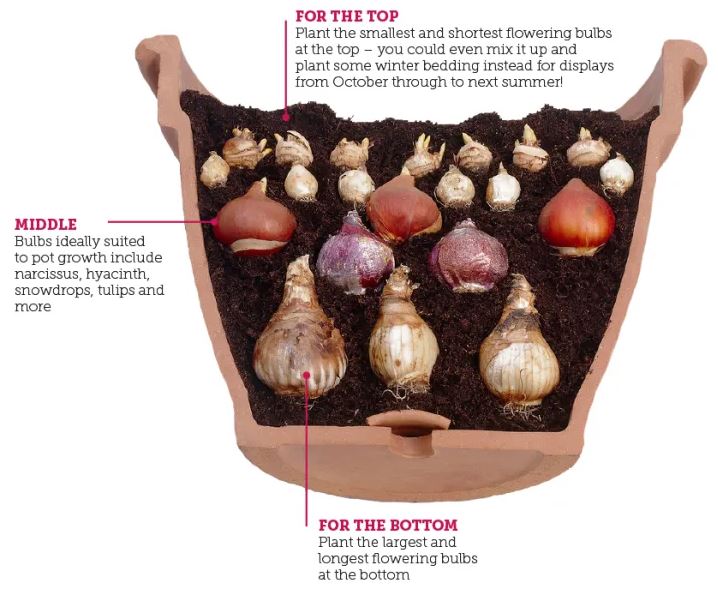
Our Top tips when buying bulbs
- Size does count! Larger bulbs will give the best blooms and are more likely to produce year after year
- Bulbs should feel firm when gently squeezed. Reject any that feel soft or squishy.
- Do not buy bulbs that show any sign of mould. The mould on bulbs is usually a blue green colour
- Avoid buying bulbs that have started to shoot /sprout
- Shop for animal-resistant flower bulbs such as alliums
- Monkton Elm Plant Specialists are simply the best! A great resource on your doorstep, and happy to help with any questions you may have about bulbs.
- mix it up; be daring! Try something new that you have never grown before!


